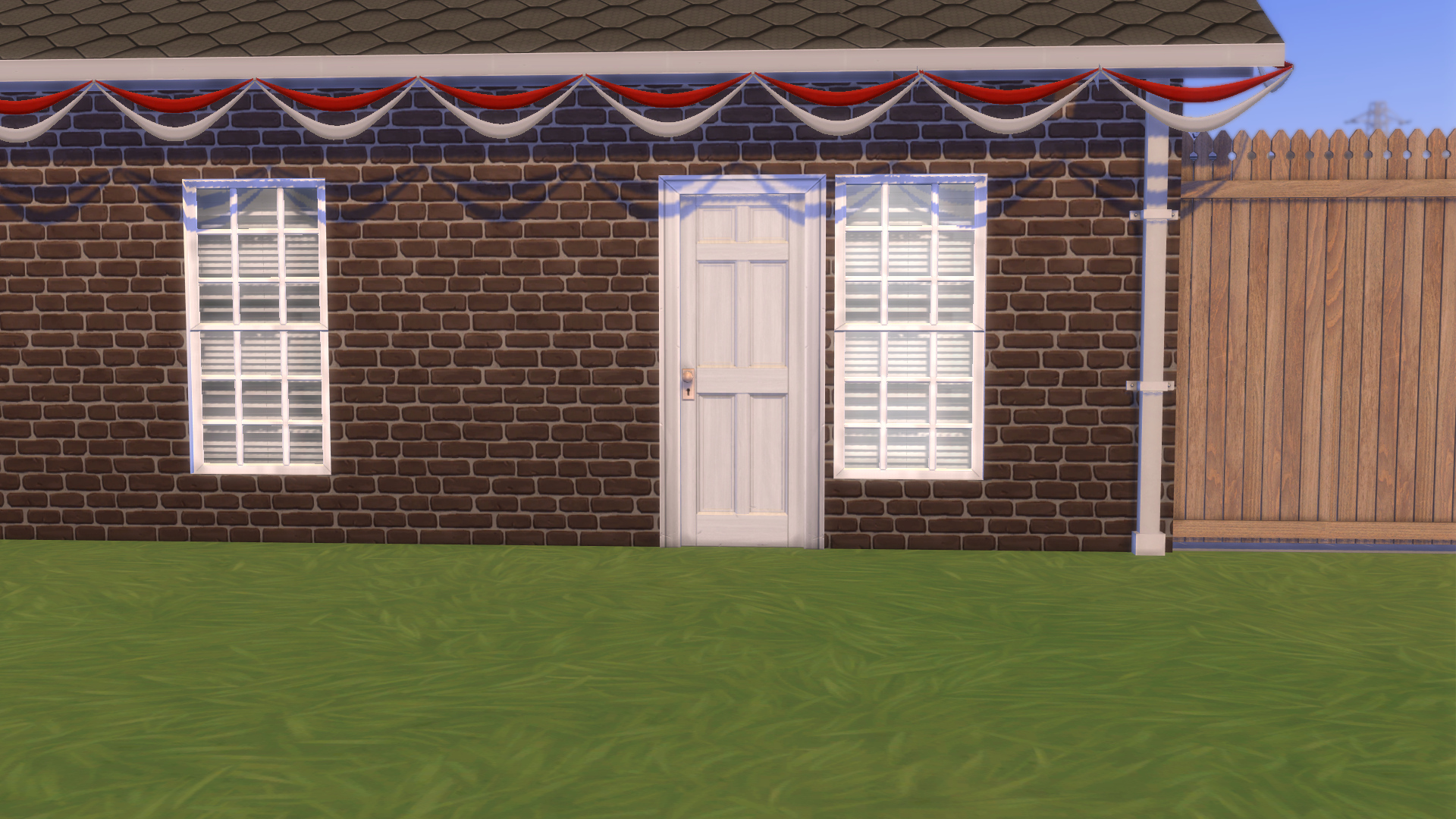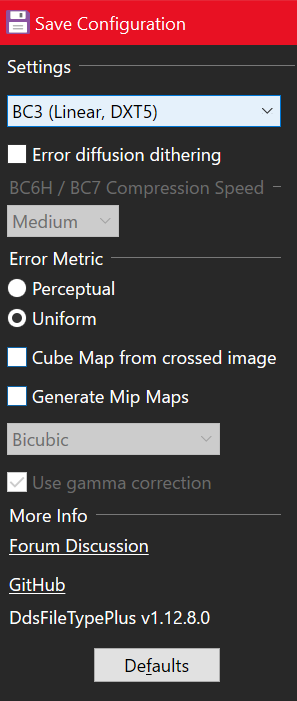 Converting Sims 4 .packages to Sims 3?
Converting Sims 4 .packages to Sims 3?
So a long time ago I played Sims 3 nearly every day! Then, the Sims 4 came out, I tried it, hated it, and kept playing Sims 3 for several more years before finally dropping the series as a whole except for the occasional quick install of Sims 4 to build some cool houses and uninstall it again.
Well, 4 years ago, when I was still actively playing Sims 3, I posted a
WCIF thread looking for doors and windows of a very specific, yet very generic style found in almost every house in the US built since World War 2. The search came up mostly empty in terms of filling these specific requirements, but did yield some interesting finds that I ended up using for a
collection of houses. I miss these houses, and I miss this game!
Anyway, I posted looking for these windows because I had absolutely no idea how make them myself, or how to put them into the game, which ended up leading me to
searching for guides on how to import models into The Sims 3 (though this time with a collection of signs I had made for a different game and wanted to use in my own Sims 3 world). It went utterly nowhere and those signs never seen the light of day in my world.
Now, fast-forward to just this last Wednesday (September 25th) and I began the search that started it all again, but now for
Sims 4 (because a friend of mine got me into it to build houses, again), which also came up empty, literally. No one responded, though I didn't give them much time before I may have sort-of accidentally made my own mod to solve the lack of the proper doors and windows!

I don't know if it's the fact that a nice program called Sims4Studio exists, or that I've learned a LOT about Blender and UV mapping because of a really stupid project for Stormworks two years back, or both, but work on this little happy accident has been going smoothly. I have made a door, a window, and blinds for that window, and as soon as I get shading fixed, I will be able to make several sizes of this window in minutes!
Now, my question here is, how could I go about porting these to Sims 3? What programs will I need, what will I need to do with them, and what will need to change (and how do I change it) for these to work in Sims 3? If I can figure out how to get these in Sims 3, that will solve one of my two main problems that I even CAN solve: the lack of proper doors and windows for my build style. The other problem I can solve will likely be relatively easy this time around, which is those darn signs (speaking of, if I do make signs for Sims 3, I need to find a Simlish font to write my signs with, since the US just loves putting paragraphs of text onto road signs). The third problem I have (well first problem, and one I don't think I can solve) is performance. From what I recall, Sims 3 is a 32bit game and can only use up to 4 GB of RAM. Has anyone ever found a way around this and to allow the game to be more efficient with the now 32 GB I have in my current PC (the PC I had back then only had 8)?
If I can do this, I plan to finish my current mod on Sims 4 in about a week, get it uploaded for my friend to play with, then uninstall the game and reinstall Sims 3.
 29th Sep 2024 at 5:47 AM
29th Sep 2024 at 5:47 AM
 29th Sep 2024 at 9:39 AM
29th Sep 2024 at 9:39 AM
 Yesterday at 5:38 PM
Yesterday at 5:38 PM
 Today at 12:18 AM
Today at 12:18 AM
 Today at 1:54 AM
Today at 1:54 AM
 Today at 3:05 AM
Today at 3:05 AM
 Today at 3:24 AM
Today at 3:24 AM

 Sign in to Mod The Sims
Sign in to Mod The Sims

